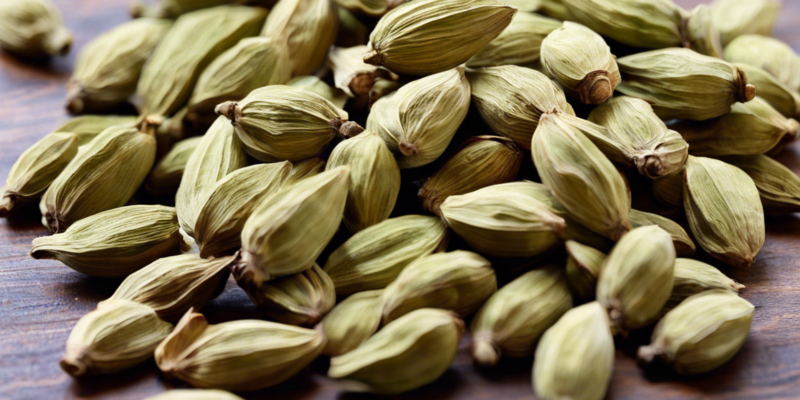Introduction
Cardamom, also known as elaichi in Hindi, is a popular spice used in Indian cuisine as well as various international dishes. Its unique flavor and aroma make it a favorite ingredient in both sweet and savory dishes, adding depth and complexity to recipes. In Hindi culture, cardamom holds a special place not just in culinary traditions but also in rituals and ceremonies. This article will delve into the origins of cardamom, its various types, health benefits, and its significance in Hindi culture.
Origins and Types of Cardamom
Cardamom is native to the Indian subcontinent and Indonesia and is one of the oldest known spices in the world. There are two main types of cardamom: green cardamom (Elettaria cardamomum) and black cardamom (Amomum subulatum). Green cardamom is the more common variety and is often referred to as the “Queen of Spices” for its delicate and versatile flavor profile. Black cardamom, on the other hand, has a smoky, earthy flavor and is often used in savory dishes such as curries and meat stews.
Culinary Uses of Cardamom
In Hindi cuisine, cardamom is widely used in both sweet and savory dishes. It is a key ingredient in masala chai, the iconic Indian spiced tea that combines black tea, milk, sugar, and aromatic spices such as cardamom, cinnamon, cloves, and ginger. Cardamom is also used to flavor traditional Indian sweets like gulab jamun, kheer, and ras malai. In savory dishes, cardamom pairs well with other spices like cumin, coriander, and turmeric to create rich and flavorful curries.
Health Benefits of Cardamom
Apart from its culinary uses, cardamom is also known for its various health benefits. The spice is rich in antioxidants and has anti-inflammatory properties that may help reduce inflammation in the body. Cardamom also contains essential oils that aid digestion and may help alleviate digestive issues like bloating and indigestion. Some studies suggest that cardamom may also have antibacterial properties and could help improve oral health.
Significance in Hindi Culture
In Hindi culture, cardamom plays a significant role in various rituals and ceremonies. The spice is often used in religious offerings and prayers as a symbol of purity and prosperity. Cardamom is also a common ingredient in Ayurvedic remedies due to its medicinal properties. In traditional Indian medicine, cardamom is believed to balance the three doshas – Vata, Pitta, and Kapha – and promote overall well-being.
FAQs
1. What is the best way to store cardamom to retain its flavor and aroma?
Answer: To preserve the flavor and aroma of cardamom, store the whole pods in an airtight container in a cool, dark place away from sunlight and moisture.
2. Can cardamom be used as a natural breath freshener?
Answer: Yes, chewing on a few cardamom pods can help freshen breath and aid digestion after meals.
3. Are there any side effects of consuming cardamom in large quantities?
Answer: While cardamom is generally safe when consumed in moderate amounts, excessive intake may lead to potential side effects like allergic reactions or digestive issues.
4. How can cardamom be used in skincare routines?
Answer: Cardamom contains antioxidants that can help improve skin health. Mixing cardamom powder with honey or yogurt to create a face mask may help brighten the skin and reduce inflammation.
5. Is it safe for pregnant women to consume cardamom?
Answer: Pregnant women should consult their healthcare provider before consuming cardamom in any form to ensure it does not interact with any pre-existing conditions or medications.
Conclusion
Cardamom is not just a spice but a symbol of flavor, tradition, and wellness in Hindi culture. From its culinary uses in aromatic dishes to its role in religious ceremonies, cardamom holds a special place in the hearts and homes of many. Its health benefits and versatile applications make it a valuable ingredient in both the kitchen and the medicine cabinet. So, the next time you savor the rich aroma of cardamom in a cup of chai or a delicious curry, remember the rich history and cultural significance of this humble spice.



